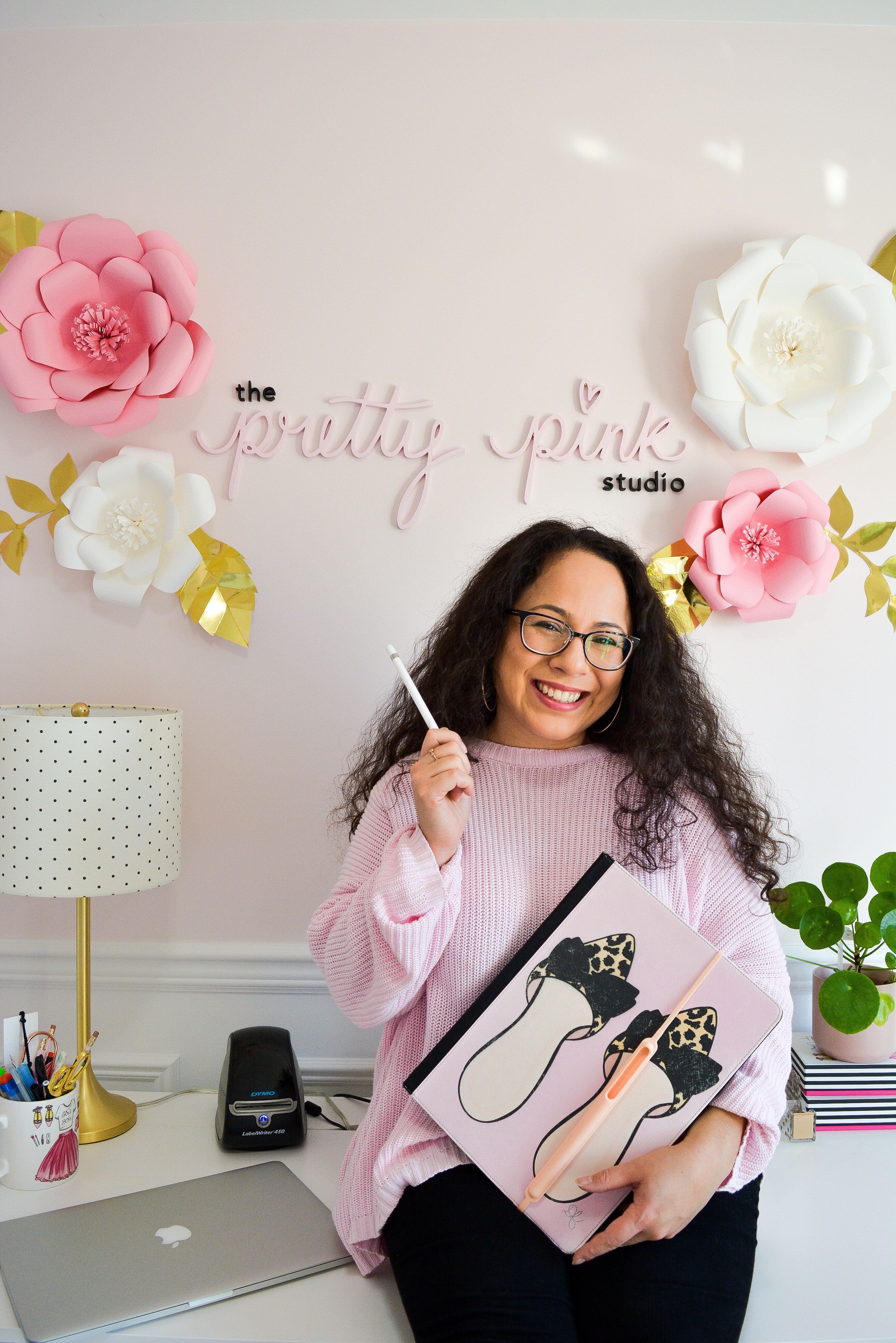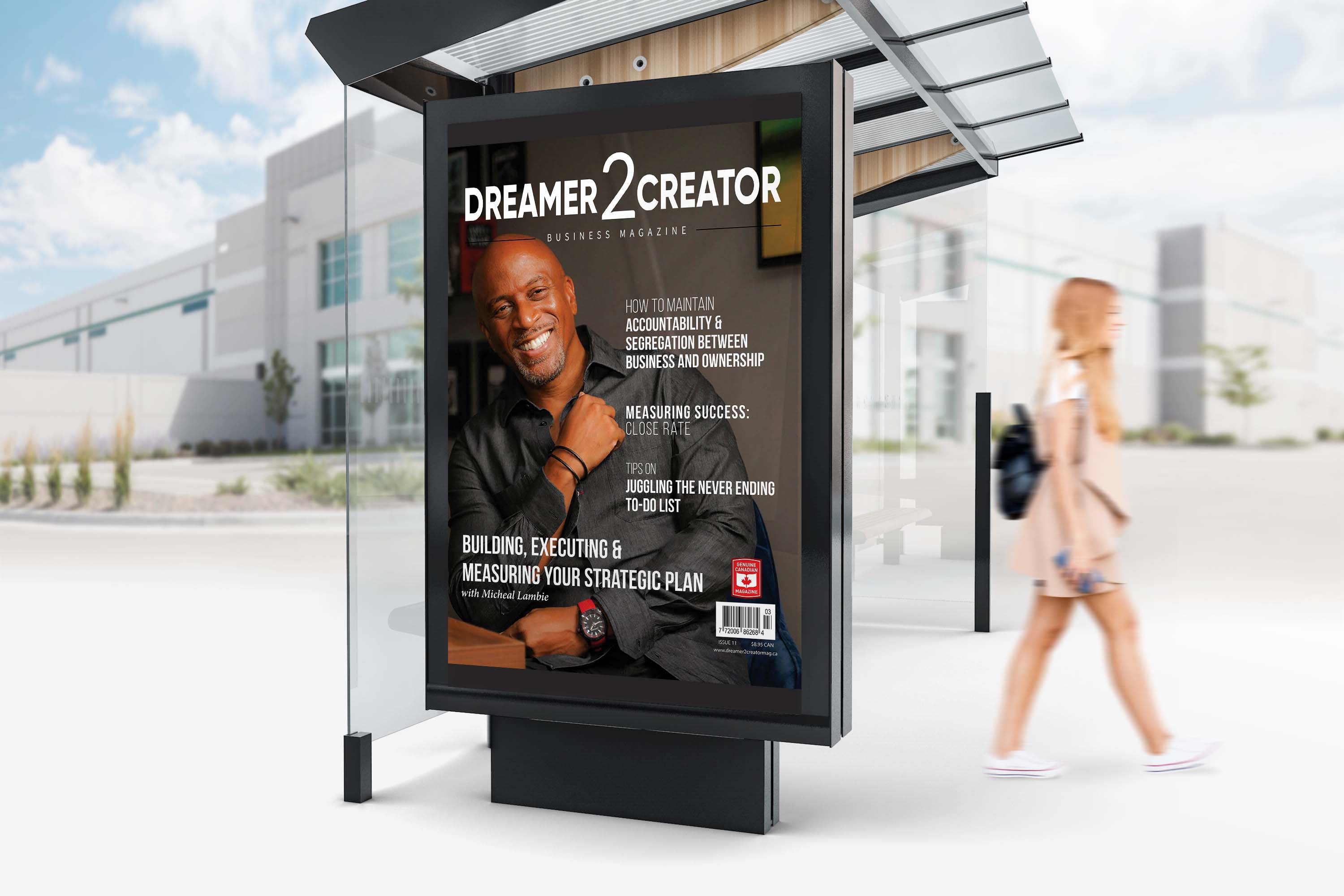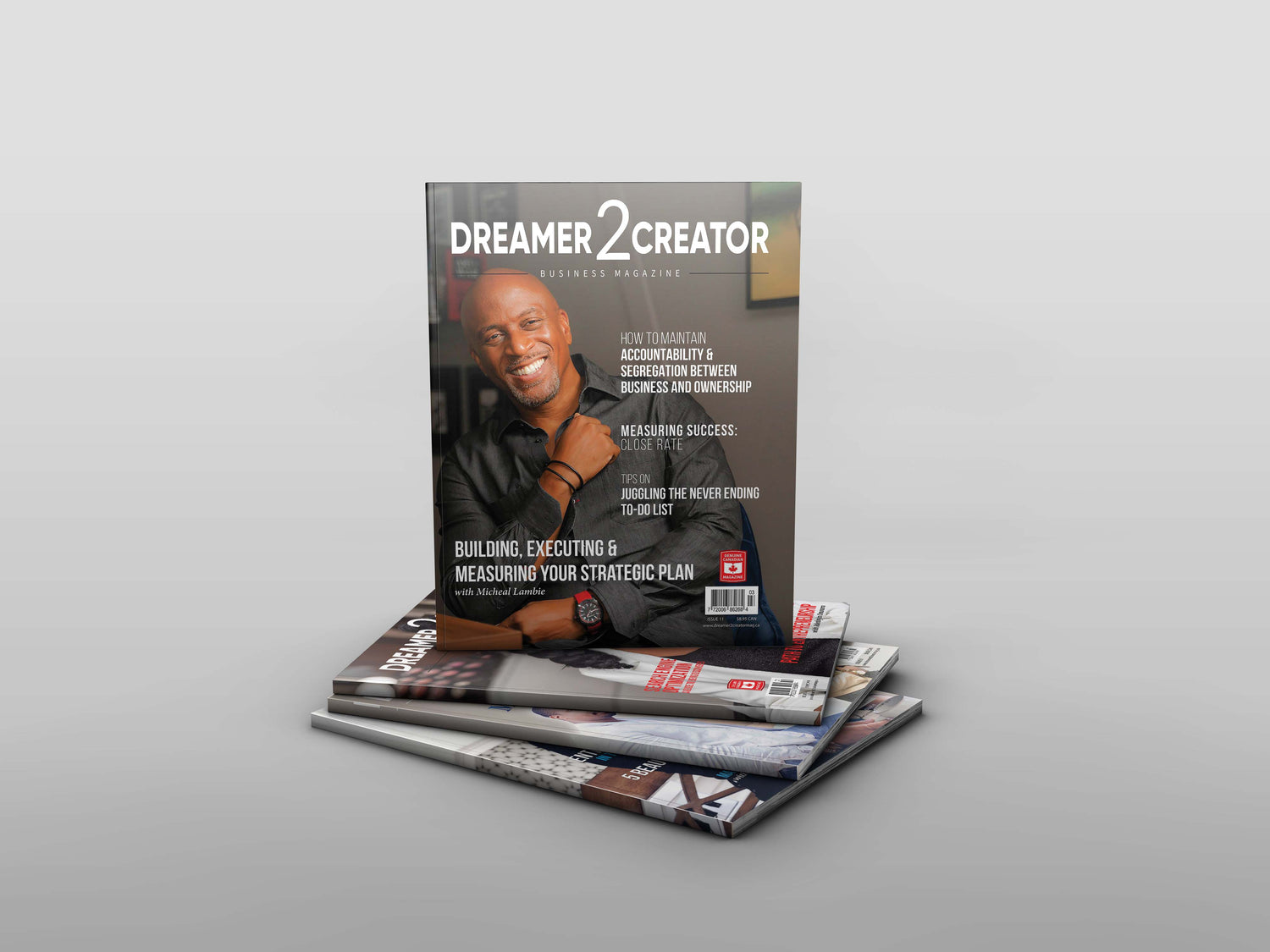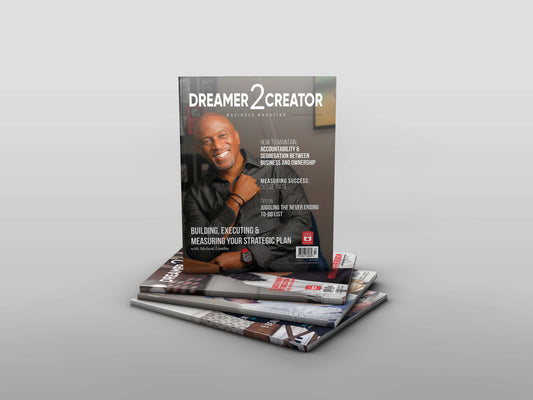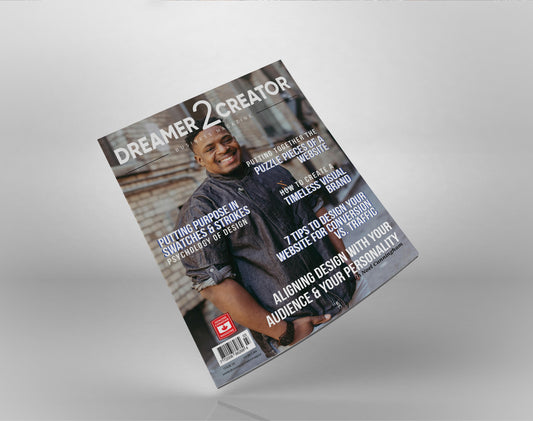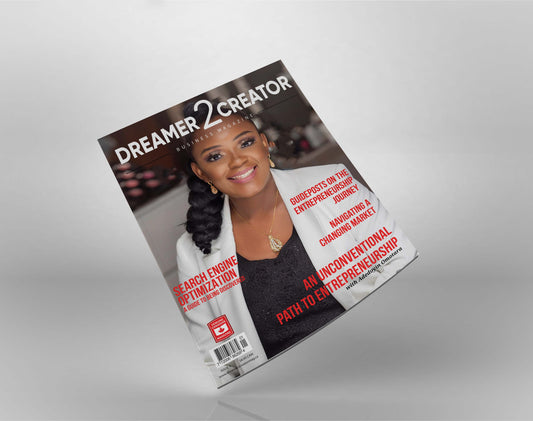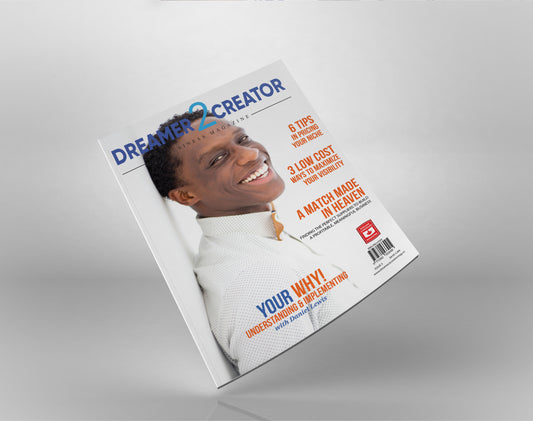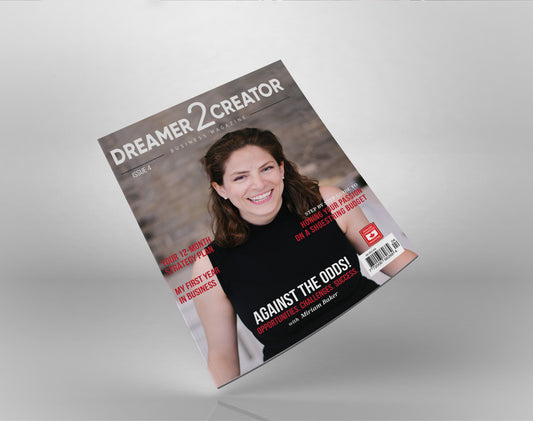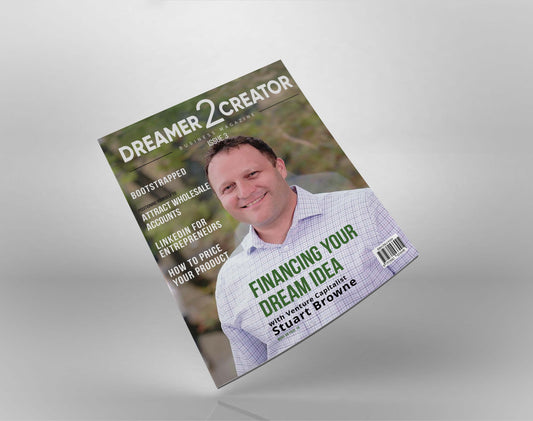Magazine Created for & by
Micro-Entrepreneurs.
Get Your Latest Issue TODAY!
-
Issue 11 (Print)
Regular price $8.95 CADRegular priceUnit price / per -
Issue 10 (Print)
Regular price $8.95 CADRegular priceUnit price / per -
Issue 9 (Print)
Regular price $8.95 CADRegular priceUnit price / per -
Issue 8 (Print)
Regular price $8.95 CADRegular priceUnit price / per -
Issue 6 (Print
Regular price $8.95 CADRegular priceUnit price / per -
Issue 5 (Print)
Regular price $8.95 CADRegular priceUnit price / per -
Issue 4 (Print)
Regular price $8.95 CADRegular priceUnit price / per -
Issue 3 (Print)
Regular price $8.95 CADRegular priceUnit price / per
1
/
of
8
Subscribe to our emails
Be the first to know about new collections and exclusive offers.
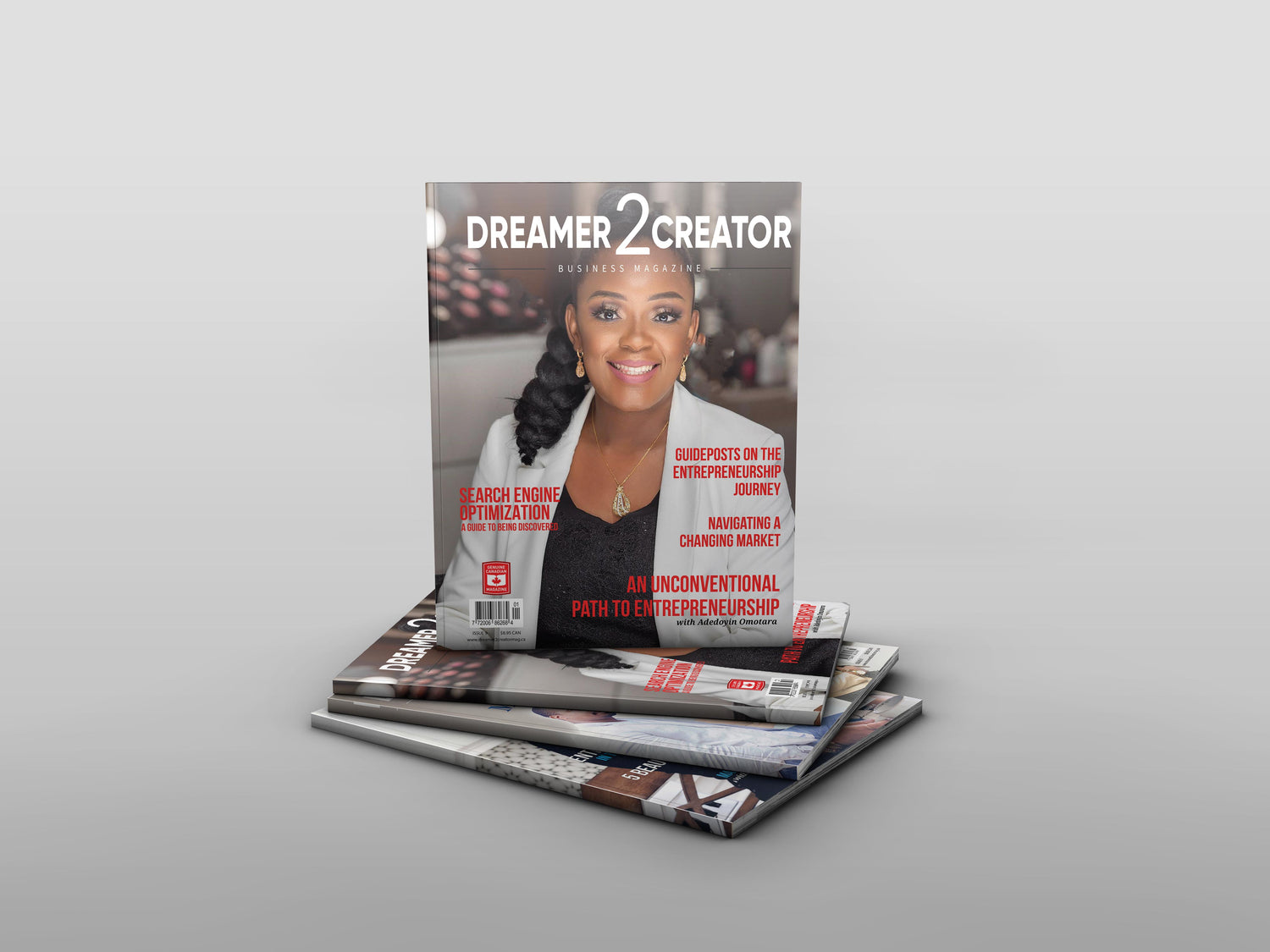
Subcription: 4 x Issues
To learn about the articles inside, visit our blog to take a peak!
Inside Issue #11


